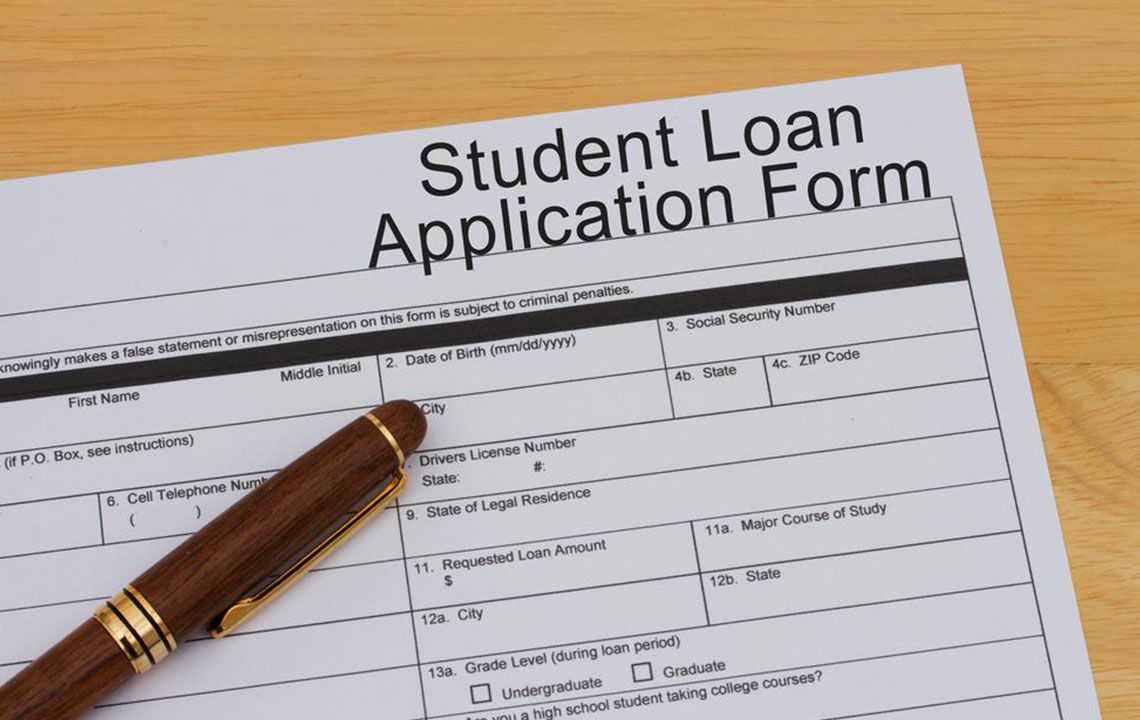Comprehensive Guide to the Top 5 Student Loan Options for Future Students
This comprehensive article explores the top five student loan options available today, including grants, federal loans, private loans, state programs, and online comparison platforms. It provides valuable insights into each type’s features, advantages, and suitability, helping students make informed financial decisions for their higher education journey. With detailed analysis and practical tips, this guide aims to empower future learners to secure affordable and manageable financing options. Understanding these choices is essential for planning a stress-free educational investment and fostering responsible borrowing habits that benefit students throughout their lives.

Securing higher education funding has always been a significant challenge for students and their families. However, with the evolution of the banking and financial industry, obtaining educational finance has become more accessible and manageable. Modern banking systems leverage innovative financial products, providing students with a variety of borrowing options tailored to different needs and circumstances. These options facilitate access to education without the immediate financial burden, allowing students to focus on their studies while planning for future repayment. Understanding these options is essential for students aiming to navigate the complex landscape of student loans effectively.
Historically, individuals believed that accumulating large savings was the only way to finance major expenses such as higher education. Today, this perception has shifted considerably, thanks to the development of various loan products offered by banks, credit unions, and government agencies. These institutions use deposit funds from customers to extend credit, promoting financial inclusion and supporting educational ambitions. The competitive interest rates and flexible repayment terms offered by these lenders make it feasible for students from diverse backgrounds to afford quality education. Furthermore, the availability of different loan types ensures that students can choose a plan that aligns with their financial capacity and long-term goals.
Student loans serve as vital financial tools that enable many families to pursue higher education without facing insurmountable financial burdens. These loans are designed with features such as deferred repayment options, income-based repayment plans, and grace periods, which provide students with breathing space after graduation to secure employment and stabilize their finances. By offering flexible repayment structures, lenders aim to reduce the stress associated with debt repayment and foster responsible borrowing. Choosing the best student loan depends on various factors—including interest rates, eligibility criteria, repayment schedules, and loan limits—making it crucial for prospective students to understand their options thoroughly.
Among the diverse range of student loan options, the most prominent can be categorized into five main types: grants and scholarships, federal student loans, private loans, state-sponsored loan programs, and online comparison platforms. Each of these options has unique features, advantages, and limitations, which make them suitable for different types of students based on their financial background and educational plans.
1. Grants and Scholarships
At the top of the list are grants and scholarships, which are forms of financial assistance that do not require repayment. These are awarded based on merit, financial need, or specific criteria such as enrollment in certain programs or demographic factors. Scholarships are often provided by educational institutions, private foundations, corporations, or government agencies. They serve as a cost-effective way to offset education expenses, making them the most favorable option for students who qualify. Popular sources include institutional scholarships offered directly through colleges and universities, as well as external organizations like the Gates Millennium Scholars Program and Pell Grants.
2. Federal Student Loans
Federal student loans are government-sponsored loans that provide affordable financing options for students nationwide. These loans typically feature lower interest rates compared to private loans and come with flexible repayment options tailored for students’ financial situations. Applications for federal loans are straightforward and can be completed through the Free Application for Federal Student Aid (FAFSA), which also helps determine eligibility for other financial aid programs. Federal loans include Direct Subsidized and Unsubsidized Loans, Perkins Loans, and Parent PLUS Loans, each serving different borrower needs and circumstances. The government's oversight ensures borrower protections such as income-driven repayment plans and loan forgiveness options.
3. Private Student Loans
Private student loans are issued by financial institutions such as banks, credit unions, and online lenders. These loans are often used when federal aid and grants are insufficient to cover the total cost of education. Private loans typically have higher and variable interest rates, and they often require a credit check or a co-signer. They may also have more rigid repayment terms and less flexible options compared to federal loans. Despite these considerations, private loans provide additional borrowing capacity for students seeking to finance their education fully. It's essential for students to shop around and compare offers from various lenders. Platforms like Credible.com, Simpletuition.com, and others help in comparing private loan options, interests, and repayment plans conveniently.
4. State-Sponsored Loan Programs
Many states in the U.S. offer their own loan programs to promote higher education within their jurisdictions. These programs often come with favorable terms, such as lower interest rates and forgivable loans for students who commit to working within their state after graduation. Eligibility criteria vary by state and may include residency, enrollment in eligible institutions, and academic performance. State-sponsored programs often work in conjunction with federal aid pathways, providing students with an additional layer of financial support tailored to regional economic development goals.
5. Online Platforms and Loan Comparison Tools
In today’s digital age, students and families have access to numerous online platforms dedicated to comparing student loan options. Websites like Credible.com, Simpletuition.com, and LendEDU aggregate various lender data, interest rates, and repayment terms, allowing borrowers to make informed decisions with ease. These platforms often provide calculators, personalized previews of monthly payments, and detailed comparisons, streamlining what was once a complex and time-consuming process. Using these tools can help students identify the most suitable and affordable options aligned with their financial profiles.
In conclusion, understanding the diverse landscape of student loans is crucial for aspiring students planning for higher education. While grants and scholarships remain the most advantageous due to their non-repayable nature, federal and private loans play a significant role in bridging the gap between cost and available resources. State programs and online comparison tools further enhance students’ ability to secure optimal financial aid solutions. Making informed decisions about student loans not only alleviates financial stress during college but also sets the stage for responsible borrowing and long-term financial health.





